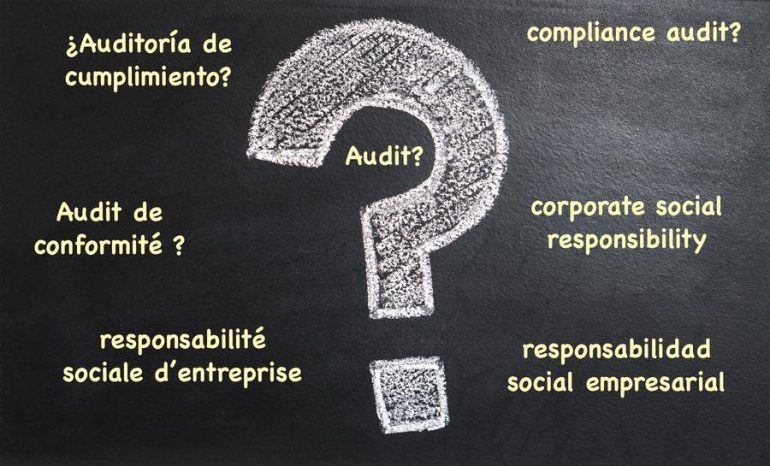
What is an audit?
The area is confusing and here is a simple introduction of corporate social responsibility. An audit is a commonly used term describing the official inspection of an organization.
There is an ever growing variety of assessments that emerge to inspect companies and the most common types of audits are: compliance audits, financial audits, internal or external audits, tax audits, operational audits, information system audits, payroll audits, technical audits, quality audits, etc.
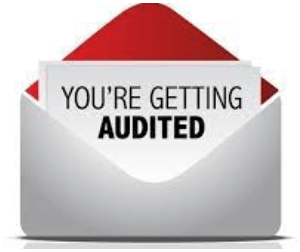
What is a compliance audit?
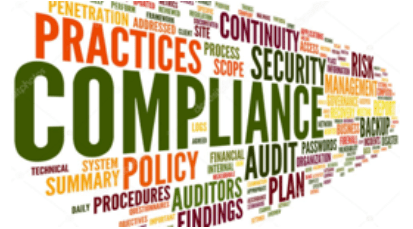
What is a Corporate Social Responsibility Audit? 1

1 The term CSR is used for corporate social responsibility.
2 CSR Definition: www.wbcsd.org.
3 Photo by Dhaka Tribune, 25 April 2013.
What is an audit scope?

What is a CSR audit process?
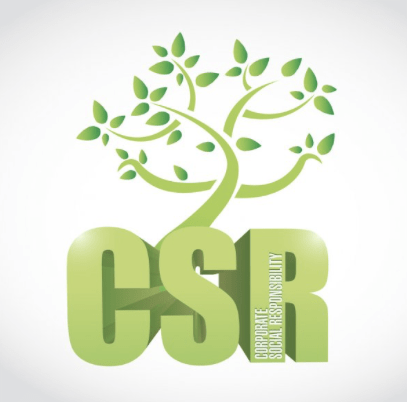
All social responsibility audits follow similar protocols, confirming employees’ wellbeing in the workplace. The CSR audit process includes five sections:
- The opening meeting with the auditor and the auditee’s management team;
- The facility tour of indoor and outdoor facilities chaperoned by manager(s);
- Employee interviews including about 10% of the workforce;
- Document review with the management team and departments heads;
- The closing meeting when the auditor presents the conclusions and the next steps.
The rising interest for CSR
The seven core subjects are:
- Accountability,
- Transparency,
- Ethical behavior,
- Respect of stakeholder interest,
- Respect for rule of law,
- Respect for international norms of behavior, and
- Respect for human right.
The year 2020 provided ample examples of global distress, underlining the unsustainability of the current state of affairs. Various initiatives at national and international levels emerged to sensitize populations in ways to modify wrongful habits while implementing more respectful plans.
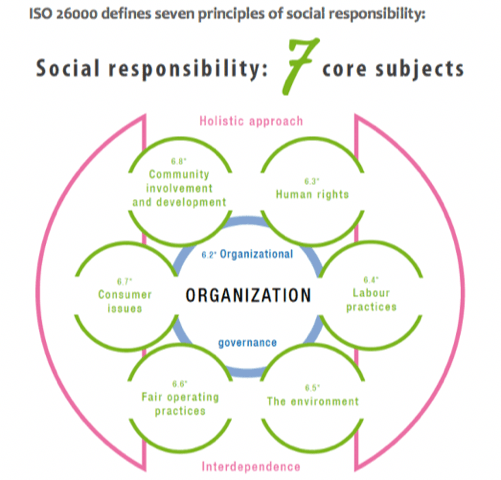
The rising importance of ethics
- Effective abolition of child labor6,
- Elimination of discrimination at work,
- Elimination of forced labor, and
- Freedom of association and the right of collective bargaining.

4 https://www.unglobalcompact.org/what-is-gc/mission/principles
5 www.ilo.org/declaration/en
6 Photo by TXB Center for Health and Human Rights at Harvard University
The benefits of a CSR audit

Audits are usually considered a burden because they require preparation and cause apprehension and unease among auditees. However, it is important to underline their positive connotations:
- Certifications are a ‘stamp of approval’ showing compliance with mandatory requirements, legal procedures or industry-specific requisites;
- The audit process leads to improvements that would otherwise not be addressed;
- The auditor’s expertise opens new opportunities.
Building CSR within a management system
- Define internal goals within industry-specific CSR requirements;
- Evaluate the interest of employees, customers, stakeholders and suppliers;
- Build a CSR department;
- Monitor the implementation of new procedures;
- Apply lessons learned to improve ROI7.

Where to start?

This short introduction to the social responsibility audit context is further presented in Journal of a social auditor written during the 2020 confinement. Based on research and personal experience, the book narrates the auditing processes spanning a range of industries in the Americas and Western Europe. It provides answers to the auditing frequently asked questions; further information about the book can be found at Imago Editorial
Writing Journal of a social auditor increased my awareness on the complexity of the auditor’s role and the attention to detail required in this line of business. Forthcoming articles will address sensitive issues arising in the auditing world from both the auditor and the auditee’s perspectives. Should you wish to share a particular subject of concern, contact us at info@imago-int.eu.
About Oliver
Related Articles
0 Comments
Leave a reply Click here to cancel the reply
You must be logged in to post a comment.




